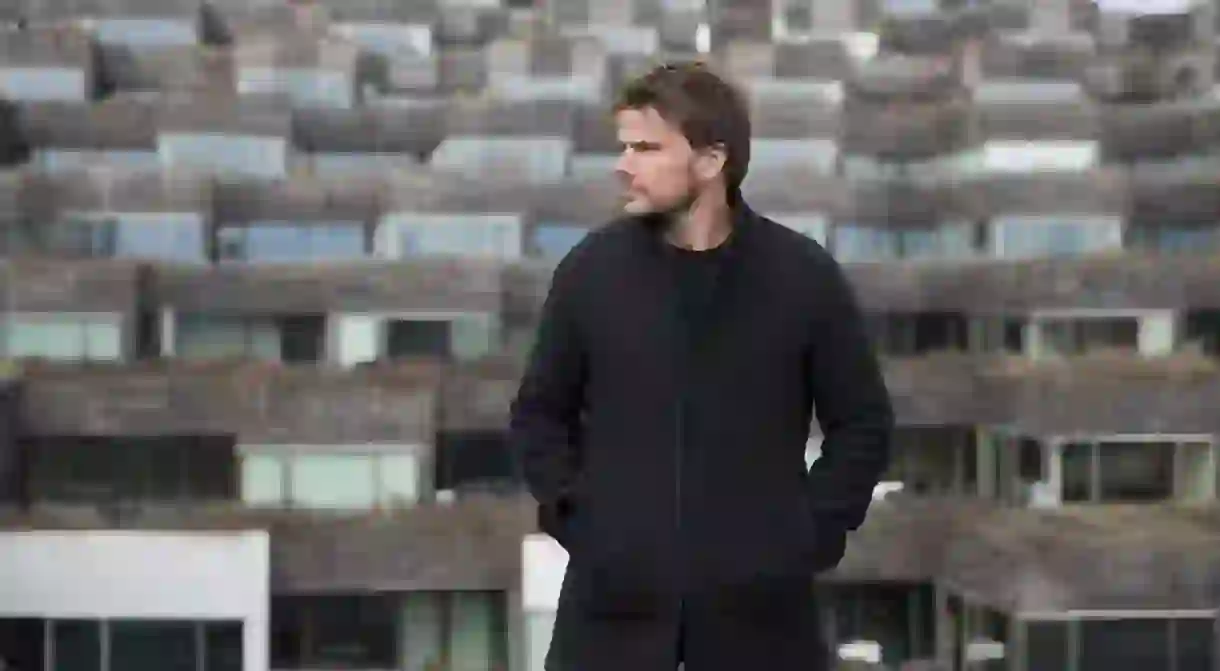The Danish Architect with 'BIG' Ideas, Bjarke Ingels, Features in New Netflix Documentary

As part of Netflix’s eight-part series, Abstract: The Art of Design, Danish architect Bjarke Ingels discusses his firm BIG’s ‘crazy ideas’ that have changed the face of contemporary architecture today.
Ingels has established a reputation for pushing the boundaries of conventional architecture and was named by TIME magazine as one of the ‘100 Most Influential People in the World’ in 2016. The award-winning architect, who founded Bjarke Ingels Group (BIG) in 2005, admits to being a big dreamer and says ‘architecture is at its best when it is pure fiction,’ in the documentary.

Now one of the world’s most inventive and sought-after architects, the 42-year-old has already had an incredible career thus far – even as the documentary is being filmed, he’s in the process of designing and constructing the Serpentine Pavilion for 2016, which Ingels refers to it as ‘an icon for mini architectural manifestos’. He’s also working on 2 World Trade Centre, Google’s HQ, the Washington Redskins Stadium and the Smithsonian Institution campus among other high-profile projects.
It’s fair to say that his appetite for architecture is insatiable – on the programme he states: ‘Architecture is a way to manifest your dreams into the real world,’ and his firm’s motto is a very telling: ‘Yes is more’, a take on Modernist architect Mies Van Der Rohe’s famous statement ‘Less is more’.

However, architecture wasn’t always on the agenda. During the filming it transpires that he actually wanted to be a cartoonist but his parents encouraged him to go to architecture school. He went to the Royal Danish Academy of Fine Arts to study architecture, believing it would simply help him improve his drawing skills ahead of his career as a graphic novelist, but he started to take a real interest in his subject, leading him to continue his studies at a school in Barcelona. Eventually he left Escola Tècnica Superior d’Arquitectura and started up his own company with some friends called PLOT.
His first big win was the VM Houses project in Copenhagen. The developer Pere Hopfner recalls meeting Ingels who pitched for the work on the promise of being cheap and talented, and he lived up to his word. People took notice of his striking design and it won a fair few awards due to its strong emphasis on daylight, privacy and views – something that pervades pretty much all of Ingels’ projects.

He’s worked on a number of residential projects since then, including the Mountain Dwellings – a combination of 10,000m² (110,000 sq. ft.) of housing with 20,000m² (220,000 sq. ft.) of parking facilities, with a diagonal south-facing ‘mountainside’ of gardens that are of equal size to the apartments themselves. ‘An apartment block doesn’t have to look like a big boxy slab, it could be like this man-made mountain,’ explains Ingels on the show. ‘A mountain is quite a good example of pragmatic utopia because it’s done within one city block.’ There’s also the Eight house, which he refers to as ‘a three-dimensional community’.

Probably his most thought-provoking project yet is Copenhill – an imposing power plant in Copenhagen with a public garden and a giant ski slope that intermittently puffs out a ring of steam. His aim is to turn the associations with an object that usually has negative connotations into positive, creating a building that produces clean air rather than toxins. He explains: ‘rather than being far away from it, you can enjoy it’ and that by cross-breeding the functions of a building you can give ‘poetry and possibility’ to something that would have originally had a purely utilitarian purpose.
Naturally, his often-controversial approach can lead to criticism, with many traditionalists disliking his big-scale architecture. ‘The most typical argument I come across is that something is bad because it doesn’t fit in… difference or disagreement is almost embarrassing in [the Danish] culture.’
But Ingels claims he has a highly inclusive approach to architecture: ‘This obsession with making everyone happy becomes a recipe for making something really extraordinary because it has to perform in so many different ways. You have to ask, “Will be this be worth the next seven years of my life?” If it’s not realising a dream, that’s a really long time.’
Read more about the series and who else is featured on the first season here.













